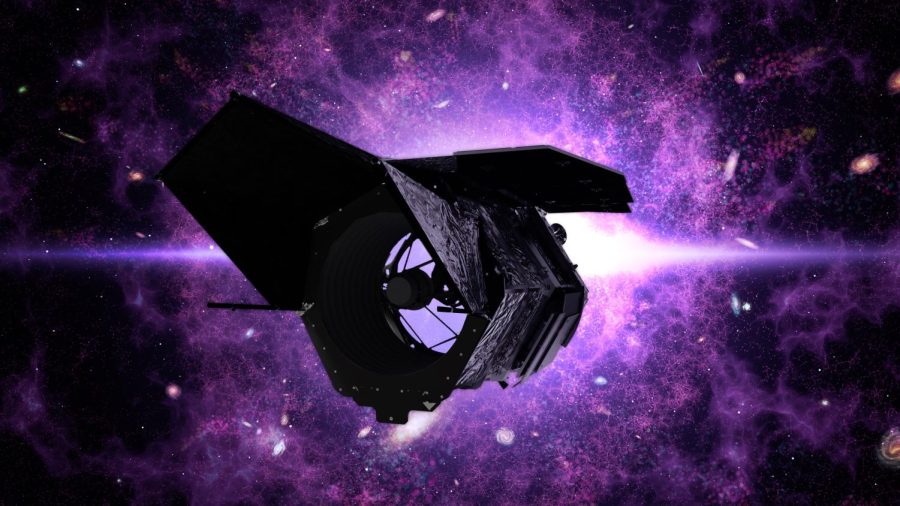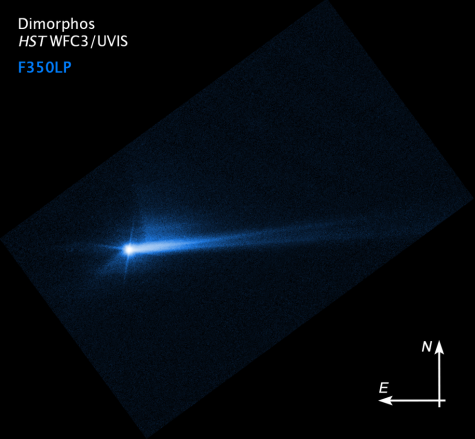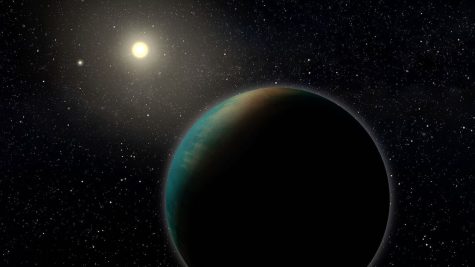NASA’s Nancy Grace Roman Space Telescope peers beyond edge of galaxies
The Hubble and James Webb telescope are renowned to the public, but it is NASA’s Nancy Grace Roman Telescope, set to be launched in May 2027, that will be photographing the invisible dark matter spread throughout our universe. Considered one of the top priorities for astrophysicists in the next decade, Roman differs from its predecessors in how it takes pictures — or rather, a picture. Unlike Hubble and James Webb that take hundreds of small images that are then pieced together, Roman captures one large snapshot. This will be pivotal to the study of stellar streams, which are remnants of stars orbiting globular clusters, spherical concentrations of stars, or dwarf galaxies, which are all now torn apart by larger galaxies like the Milky Way itself. These stellar streams are ancient and hard to detect due to the small amount of stars they contain, but they signify past structures that were later consumed by larger galaxies.
The reason why stellar streams can be used to study dark matter is due to their own fragility and the nature of dark matter. The latter is thought to be heavy, slow, and prone to grouping together within galaxies. As stellar streams are located beyond the visible edge of galaxies, any clumps of dark matter passing through would leave clear traces behind. Analyzing these distortions could help scientists figure out what makes up dark matter.











